
Mastering the Content Calendar: Plan Smarter, Publish Stronger
Transform your content calendar into a mission-driven command center that aligns content with the customer journey, boosts SEO, and proves measurable ROI.
keep readingDive into the latest in B2B growth marketing, from HubSpot tips to SEO best practices and strategic planning. We share our expertise to help you turn marketing insights into business results.

Transform your content calendar into a mission-driven command center that aligns content with the customer journey, boosts SEO, and proves measurable ROI.
keep reading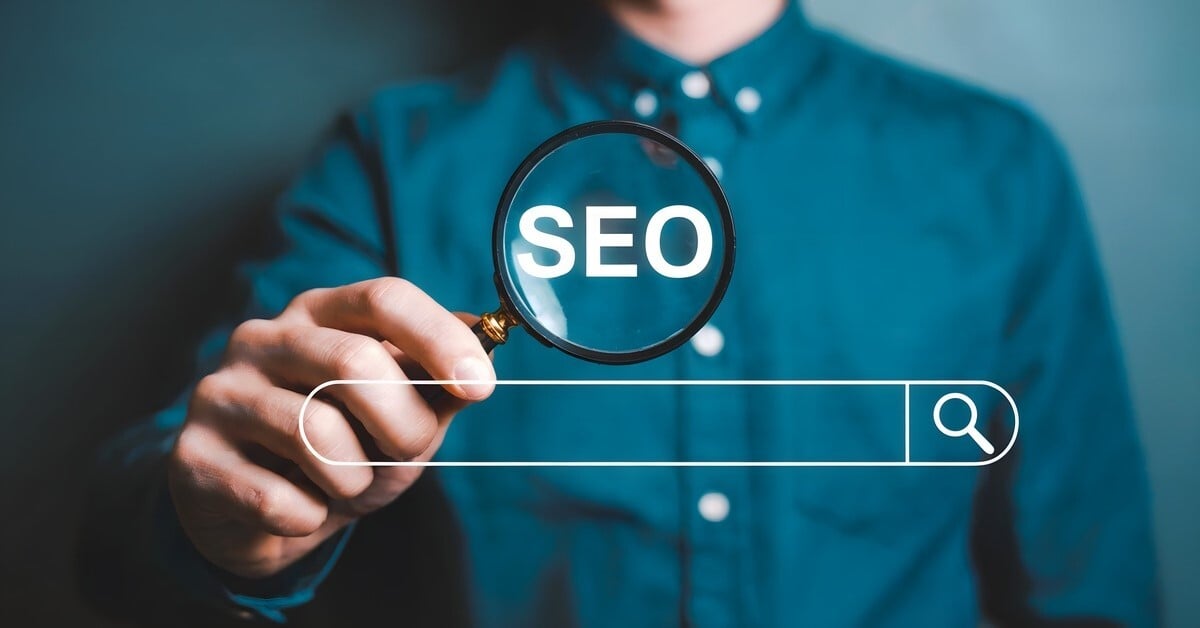
Learn how to conduct an SEO content audit with our Keep/Kill/Combine framework. Improve rankings by strategically updating, removing, or merging your content
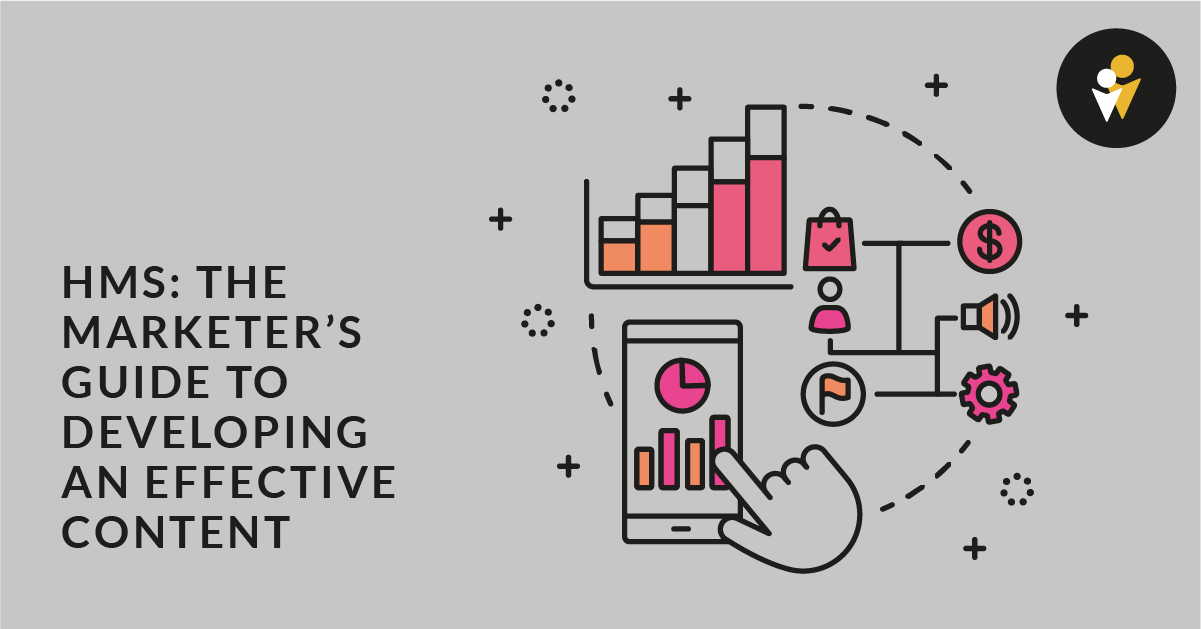
Learn how to create a powerful content strategy with PIC’s Hero Mission Strategy®—designed to align with your ideal customer’s journey.
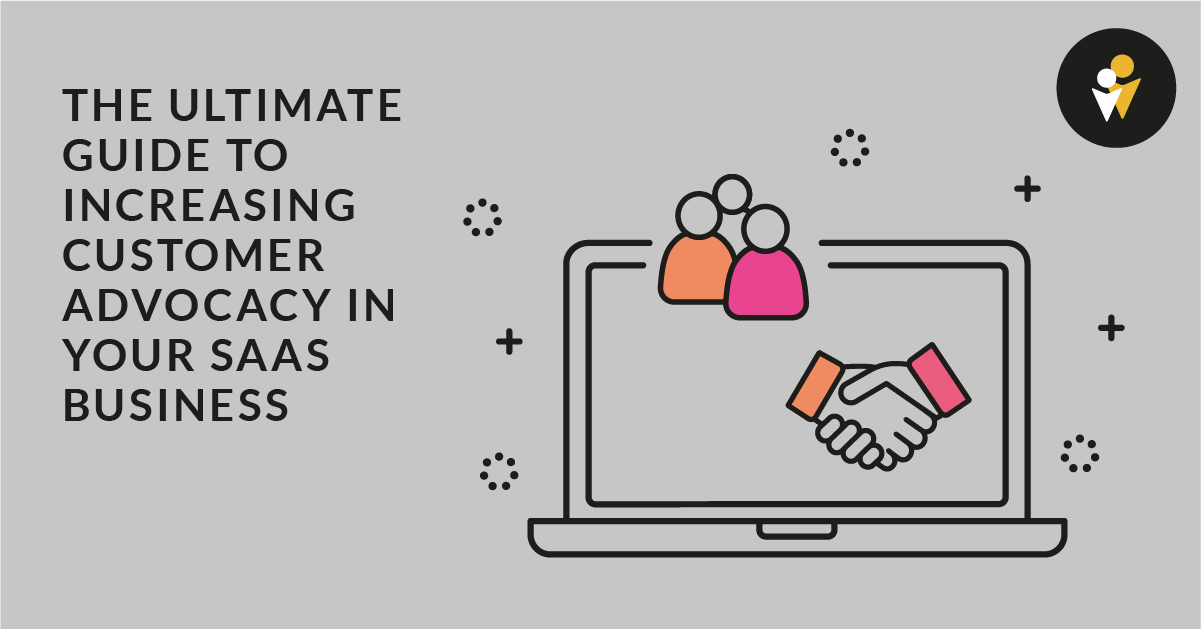
Learn what customer advocacy is, how to increase it in SaaS, and proven ways to build loyalty, boost retention, and measure ROI effectively.

Discover essential technical writing best practices to simplify complex ideas, engage diverse audiences, and create clear, structured, and actionable content that connects.

Discover how educational content marketing helps build trust, drive engagement, and generate leads by focusing on teaching over selling. Learn formats, strategies, and ROI tips.

Discover how HubSpot for small business can boost marketing, sales, and customer service. Learn features, benefits, costs, and tips for success.

Find the top HubSpot agencies of 2025. Compare leading certified partners to select the best agency for your marketing, sales, or websited needs.
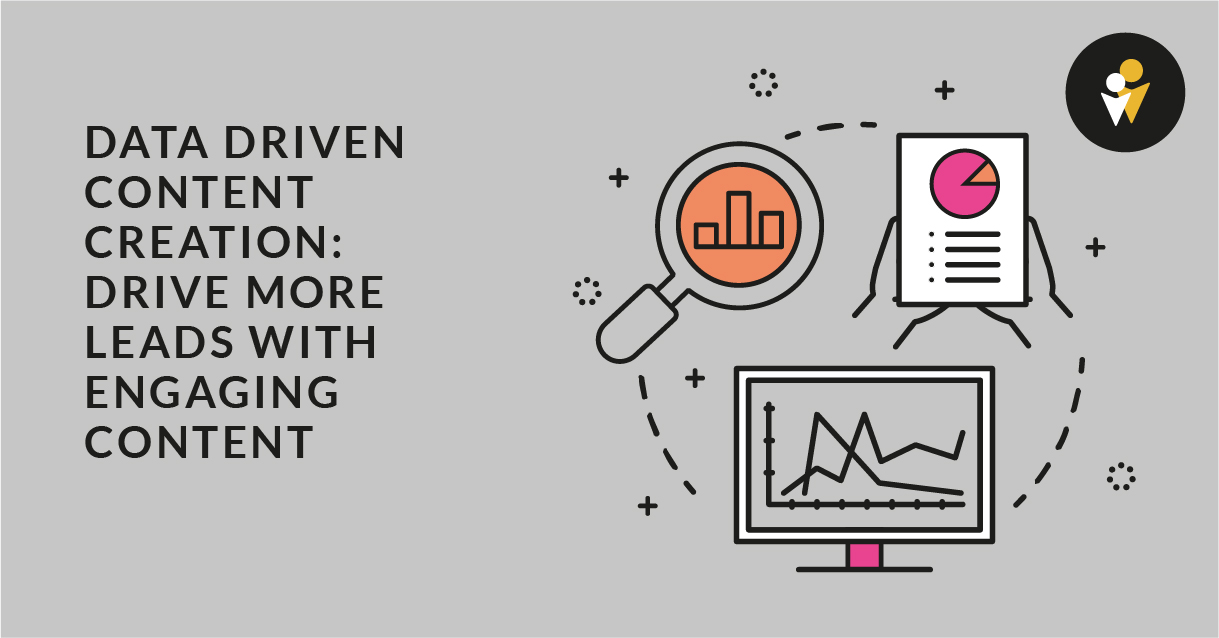
Unlock the power of data-driven content creation to increase engagement, conversions, and leads. Learn how behavioral insights, search intent, and performance metrics fuel high-impact, personalized content strategies in 2025.
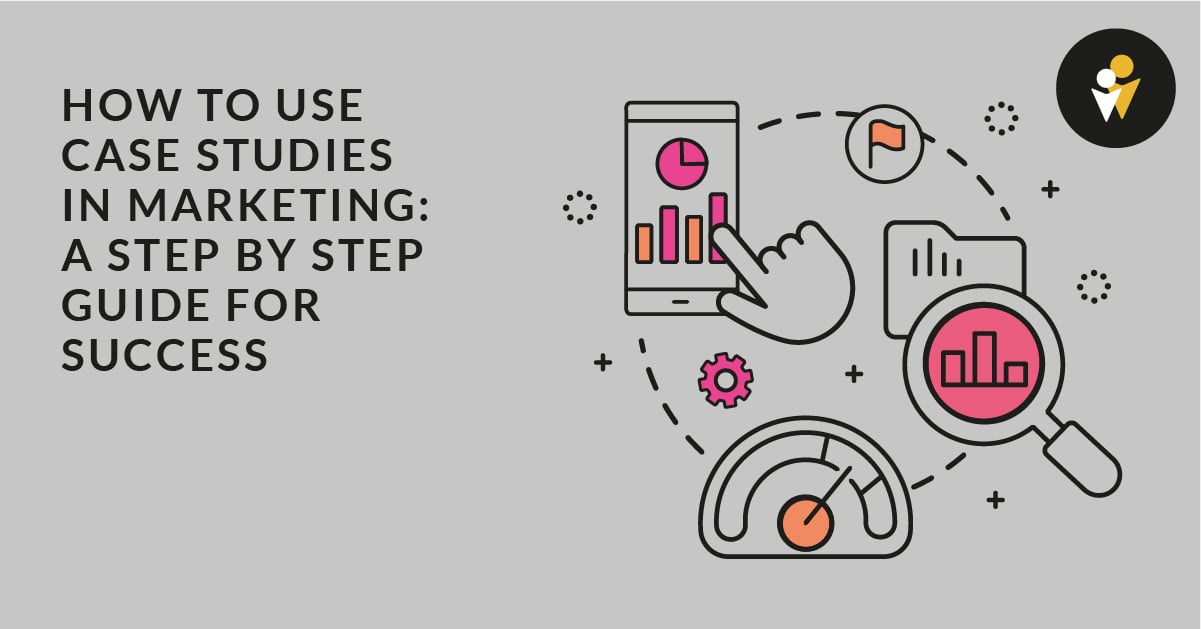
Learn to write compelling case studies that boost trust, generate leads, and elevate your marketing strategy.